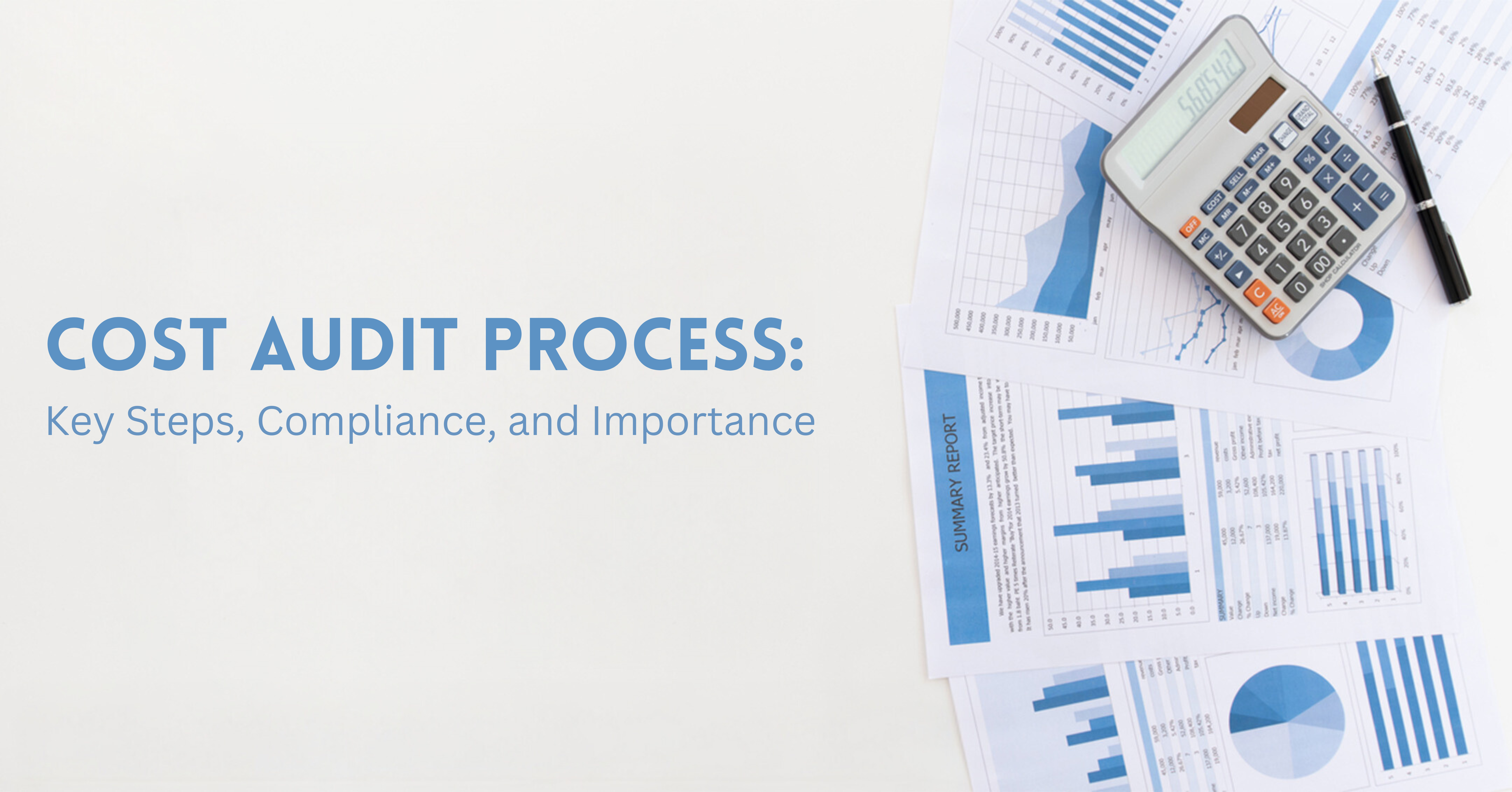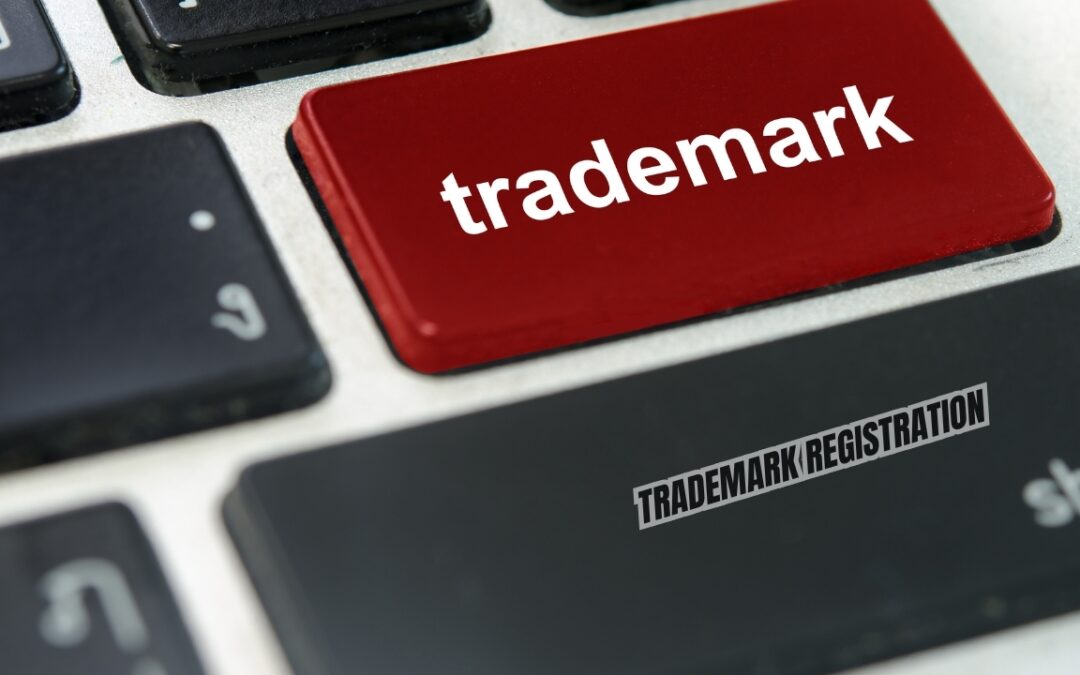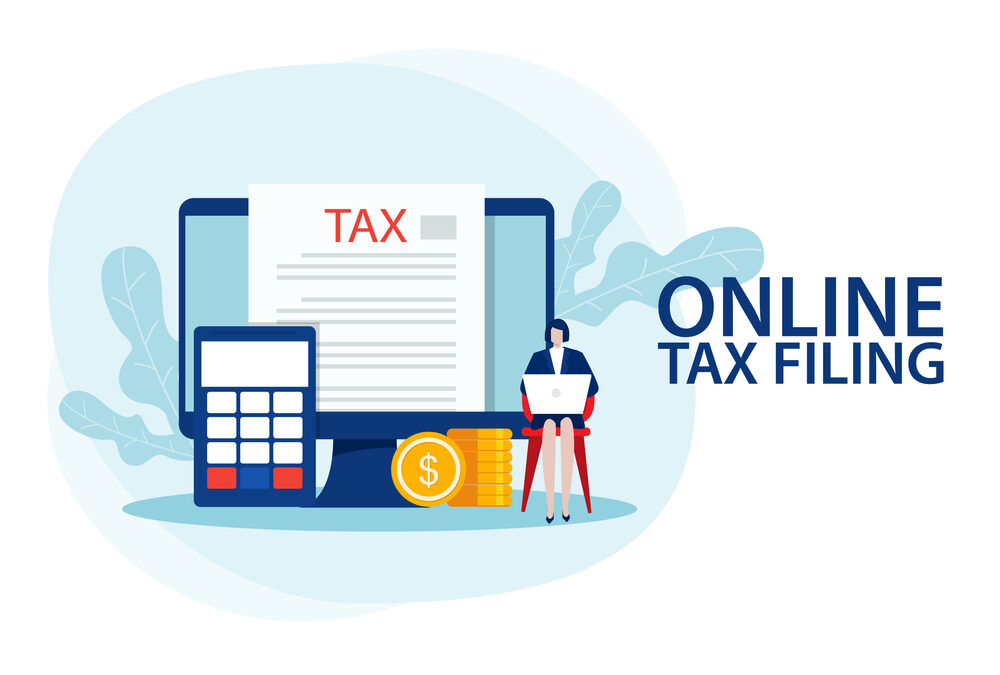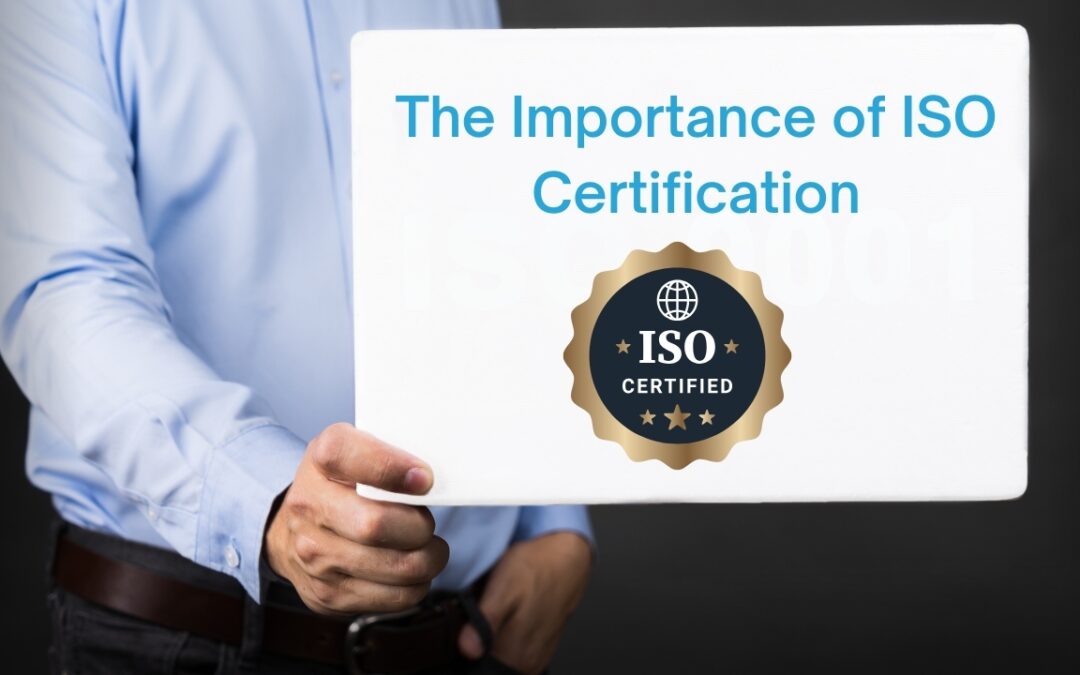
In today’s business environment, managing costs is crucial for sustaining profitability and gaining a competitive edge. A cost audit is a specialized audit that examines the cost records, accounts, and statements of an organization to ensure they align with industry standards and regulations. This process not only improves cost management but also enhances efficiency, transparency, and compliance with statutory requirements. In this blog, we will explore the detailed steps involved in the cost audit process, the compliance requirements, and the strategic importance of cost audits for businesses
What is Cost Audit?
A cost audit is an independent examination of a company’s cost records to ensure that they are maintained according to the standards and principles set forth by regulatory bodies. The primary objective is to verify the accuracy and integrity of cost-related data, enabling businesses to assess and control costs effectively. Cost audits play a pivotal role in industries where cost efficiency isKey Steps in the Cost Audit Process directly tied to profitability, such as manufacturing, healthcare, and public services.
Key Steps in the Cost Audit Process
The cost audit process involves a systematic review of cost records to ensure compliance with prescribed standards and to identify areas for improvement. Let’s break down the steps involved in this process:
1. Appointment of the Cost Auditor
The first step in the cost audit process is the appointment of a qualified cost auditor. This individual is usually a certified Cost and Management Accountant (CMA) or a firm of CMAs with expertise in cost auditing.
● Appointment Protocol: The appointment is typically done by the Board of Directors of the company and must be ratified by shareholders.
● Regulatory Filing: Once appointed, the company needs to notify the regulatory authority (e.g., the Ministry of Corporate Affairs in India) by filing the appropriate forms, such as Form CRA-2.
2. Scope and Planning of the Audit
Once the cost auditor is appointed, the next step is defining the scope and planning the audit. This involves:
● Understanding the Business: The auditor gains insight into the company’s operations, business processes, and cost structure. This helps in understanding how costs are accumulated, recorded, and reported.
● Setting Objectives: The objectives of the audit are established, focusing on verifying cost data, ensuring compliance, and identifying inefficiencies in cost management.
3. Collection of Cost Data
The cost auditor then gathers all the necessary cost data and records, which include:
● Cost Ledgers: These contain details of raw material costs, labor costs, overheads, and other elements that contribute to the total cost of production.
● Inventory Records: To review the cost of inventory, including raw materials, work-in-progress (WIP), and finished goods.
At this stage, it is critical to ensure that cost records comply with Cost Accounting Standards (CAS). These standards are designed to maintain consistency in cost reporting and ensure comparability across industries.
4. Examination and Verification of Costs
The cost auditor then moves on to the core task of examining and verifying the cost records to ensure they are accurate and in compliance with standards. This includes:
● Cost Ledger Scrutiny: Reviewing all transactions in the cost ledgers to ensure accuracy, proper categorization, and compliance with CAS.
● Verification of Allocation and Apportionment: Ensuring that the allocation of overheads and other indirect costs are fair and accurate
5. Analytical Review and Cost Variance Analysis
In this step, the auditor conducts a detailed analysis of the cost data:
● Variance Analysis: The auditor compares actual costs with standard or budgeted costs, identifying variances and their underlying causes. This helps in understanding where cost inefficiencies exist and the reasons behind them, such as higher raw material prices or production inefficiencies.
● Trend Analysis: Reviewing trends in costs over time to identify patterns in cost behavior and areas where costs may be rising disproportionately.
6. Efficiency and Performance Evaluation
A key part of the cost audit is to evaluate the efficiency of various departments and processes. The auditor looks into:
● Resource Utilization: Whether resources (materials, labor, equipment) are being utilized efficiently or if there are wastages.
● Process Efficiency: Identifying bottlenecks in production or service delivery that may be contributing to higher costs.
7. Audit Reporting
At the end of the audit process, the cost auditor prepares a detailed audit report, which includes:
● Findings: The report highlights the key findings of the audit, including inefficiencies, non-compliance with cost accounting standards, and any discrepancies in cost data.
● Submission to Authorities: In regulated industries, the cost audit report must be submitted to relevant authorities, such as the Ministry of Corporate Affairs (MCA), alon with prescribed forms like Form CRA-4.
8. Follow-Up and Implementation
After the cost audit report is submitted, the company must take corrective action based on the auditor’s recommendations. The follow-up ensures:
● Implementation of Recommendations: The company takes steps to rectify inefficiencies, streamline processes, and improve cost management.
● Continuous Monitoring: Post-audit, companies often set up systems to continuously monitor cost efficiency and ensure that the recommendations are implemented effectively.
Compliance in Cost Audits
Compliance plays a crucial role in the cost audit process, especially for companies that are legally required to conduct such audits. Failure to comply with the applicable regulations can lead to penalties or other legal consequences. Key compliance requirements include:
1. Statutory Compliance
2. Compliance with Cost Accounting Standards (CAS)
The company must adhere to Cost Accounting Standards (CAS), which outline principles for cost recording, allocation, and reporting. Compliance with CAS ensures that cost data is consistent, comparable, and accurate.
Importance of Cost Audits
Cost audits are not just about compliance; they offer a range of strategic benefits that can help businesses optimize their operations, enhance profitability, and make informed decisions. Below are some of the key reasons why cost audits are important:
1. Cost Control and Efficiency
Cost audits help identify inefficiencies in cost management and control, such as wastages, process bottlenecks, or over-allocation of resources. By addressing these inefficiencies, businesses can reduce unnecessary expenses and improve operational efficiency.
2. Legal and Regulatory Compliance
For companies in regulated sectors, cost audits ensure compliance with legal and regulatory requirements. Non-compliance can lead to financial penalties, legal challenges, and damage to the company’s reputation.
3. Informed Decision-Making
By providing detailed insights into cost structures, the cost audit process helps management make better decisions regarding pricing, production planning, budgeting, and resource allocation.
4. Transparency and Accountability
Cost audits enhance transparency by ensuring that cost data is accurate, complete, and well-documented. This not only improves accountability within the organization but also builds trust with external stakeholders such as investors, lenders, and regulators.
5. Long-Term Sustainability
The findings of a cost audit can guide strategic cost management initiatives, such as lean manufacturing, inventory optimization, or process reengineering. These initiatives improve the company’s long-term sustainability by making it more resilient to market changes and competitive pressures.
Conclusion
The cost audit process is an essential function for businesses, particularly those operating in regulated sectors or those seeking to optimize cost management. By following a systematic approach to reviewing and verifying cost records, companies can enhance cost control, improve operational efficiency, and ensure compliance with statutory regulations. Cost audits not only promote transparency but also provide valuable insights that help businesses make informed strategic decisions for sustainable growth.






